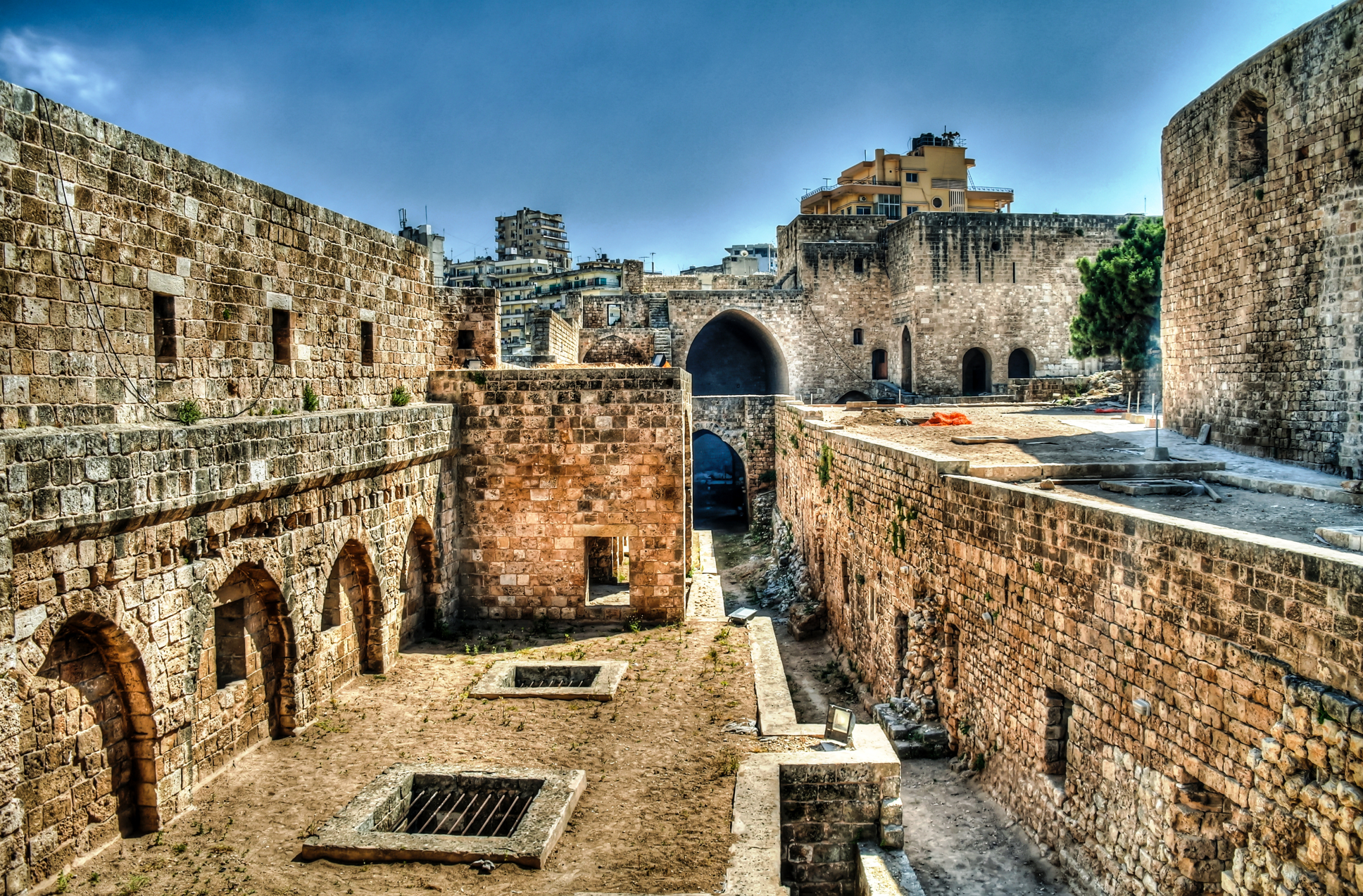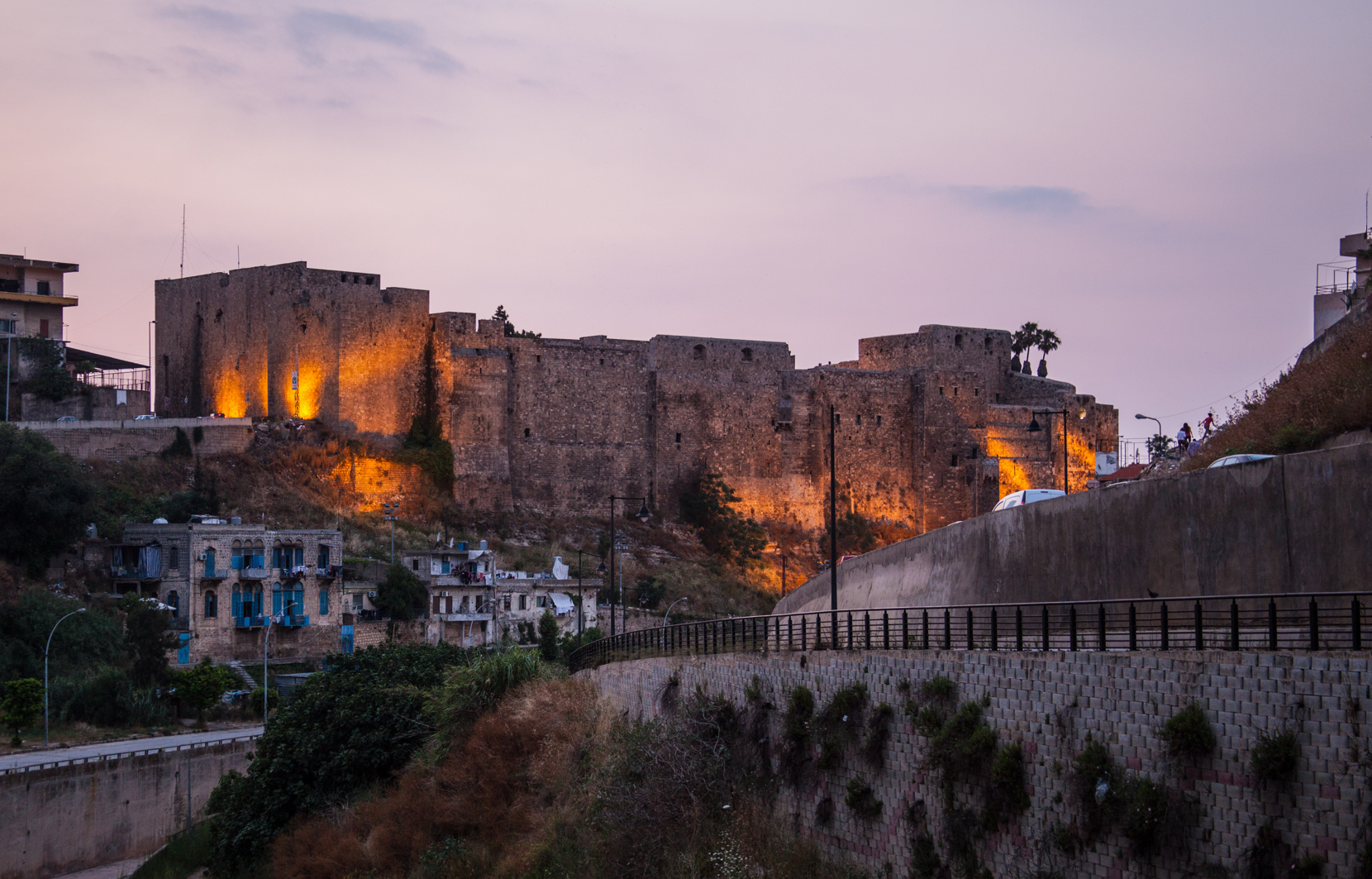
Nestled along the picturesque Mediterranean coastline of Lebanon lies Tripoli, a city steeped in ancient history and layered with the legacies of empires long past. As one of Lebanon’s oldest cities, Tripoli has witnessed millennia of human civilization, from its origins as a crucial port city of Damascus to its role as a military stronghold for the Arab Navy.
In antiquity, Tripoli was known for its strategic location as a port city connected to Damascus, serving as a vital link in the trade routes of the ancient world. The city’s natural harbor made it a hub for commerce and a thriving center for shipbuilding, fostering prosperity that left an indelible mark on its history.
The Citadel of Raymond de Saint-Gilles: A Crusader Legacy
One of the most iconic historical landmarks in Tripoli is the Citadel of Raymond de Saint-Gilles, also known as Qalaat Sanjil. This imposing Crusaders citadel, constructed in 1103 AD by Raymond IV, Count of Toulouse, stands as a testament to the city’s tumultuous past. Raymond de Saint-Gilles was not only a ruler of Tripoli but also one of the leaders of the First Crusade.
Throughout the centuries, the citadel bore witness to the ebb and flow of power as various empires vied for control of Tripoli. During the Mamluk era, the citadel suffered destruction by fire in 1289, only to be painstakingly restored by the governor of Tripoli, Saif al-Din Asnad Markuji. Later, during the Ottoman reign of Sultan Suleiman the Magnificent, further restoration work was undertaken, preserving the citadel as a symbol of the city’s resilience and endurance.

Citadel of Raymond de Saint-Gilles. Source: homocosmicos / Adobe Stock.
Grand Mansouri Mosque and the Lion Tower: Mamluk Treasures
Tripoli’s historical legacy extends beyond fortifications to include architectural marvels like the Grand Mansouri Mosque. Construction of this magnificent mosque began in 1294 AD under the rule of Sultan Al-Ashraf Khalil, five years after his father, Sultan Al-Mansur Qalawun, defeated the Crusaders and claimed the city in 1289.
Another intriguing site in Tripoli is the Lion Tower, situated at the eastern end of the city’s harbor. This small fortress, dating back to the late fifteenth century, is attributed to Mamluke Sultan Qaitbay. The tower derives its name from the lion relief decorations that once adorned its façade. This structure offers a glimpse into the city’s maritime history and the fortifications that guarded its shores.
As you wander through the ancient streets of Tripoli, you’ll find yourself immersed in a living history book, where each cobblestone tells a story, and each monument whispers secrets of days long gone. Tripoli’s rich tapestry of cultures, empires, and architectural wonders is a testament to the enduring spirit of this ancient city on the shores of Lebanon.
Top image: Citadel of Raymond de Saint-Gilles. Source: Daoud / Adobe Stock.






